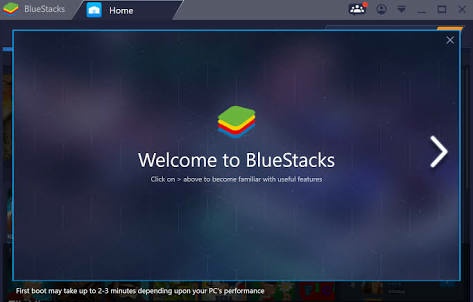

With a bit of research-Google, plus feedback from the good folks on Twitter, I discovered that Windows 7 has degenerated over time and that waiting on Windows Update for hours are now customary. After an initial update to the Windows Update software, I then proceeded to stare at a “Checking for updates…” window that was clearly doing absolutely nothing. So I installed the Intel chipset drivers and then those for networking (I had previously copied them to a USB stick), rebooted, and got connected to my wireless network.


So for comparison’s sake, I pulled out an old Windows 7-based Ultrabook-a five-year-old ASUS Zenbook UX31E-and set about to clean install and then fully update the OS the old-fashioned way, using only Windows Update.Īfter the initial install was over, there were a number of missing drivers, including any form of networking. Windows 7 users-and by the most accurate count available today, there are almost 750 million of them-know that clean installing this OS can be terribly time-consuming. But if you are supporting multiple PCs, or are regularly reinstalling Windows 7 for whatever reason, you can also slipstream-or, in Microsoft’s terminology, inject-the CR into your Windows 7 install media so that it is applied immediately at the time of initial setup.Įither way, the goal is simple: To dramatically speed and simplify the process of installing and then fully updating Windows 7. Here, I’ll focus on what I believe to be the most common usage, where you simply clean install Windows 7 as you always would, apply the CR (and its two prerequisites) manually, and then use Windows Update to go the final mile and get the OS completely up-to-date. The Convenience Rollup, or CR as I’ll now call it, can be used in a variety of ways. But Windows 7 updating is still very much broken. The promise of this rollup is that it will dramatically speed the process of clean installing and then updating a Windows 7 PC. This past week, Microsoft released the Windows 7 Convenience Rollup, providing its biggest user base with what is essentially a long-overdue second service pack. Windows 7 users are going to be looking at this screen a lot.


 0 kommentar(er)
0 kommentar(er)
